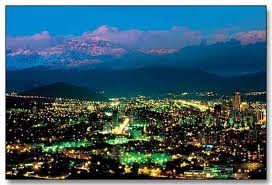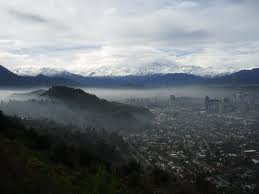Santiago grew in importance in the 19th Century. Thousands migrated from northern and southern Chile and the population grew quicky throughout the century, reaching from 30,000 in the early years of 19th Century to 100,000 in the period of a few decades. The economic status of the city received a major boost with the discovery of the nitrate mines in Northern Chile. The economy of Chile went through a process of large-scale improvement in the 1880s as a result of that. Important government buildings started to grace the city. The streets changed from unpaved dusty tracks to paved and ordered roads in these years. The National Library, the Museum of Fine Arts and the Mapocho train station changed the very face of Santiago in these years.
The steady rising economic profile of Santiago made it a modern and stylish city from 1930s onwards. The Pinochet regime of the 1980s resulted in a number of air-strikes and military expeditions on the city.
Founding of the city:
Santiago was founded by Italy/Spanish Conquistador Pedro de Valdivia on February 11, 1541 with the name
Santiago de Nueva Extremadura, as a homage to Saint James and Extremadura, Valdivia's birth place in Spain.
The founding ceremony was held on Huelén Hill (later renamed
Cerro Santa Lucía). Valdivia chose the location of Santiago because of its climate, abundant vegetation and the ease with which it could be defended—the Mapocho River then split into two branches and rejoined further downstream, forming an island.The Inca ruler Manco Cápac II warned the new rulers that his people would be hostile to the occupiers. The Spanish invaders had to battle against hunger caused by this resistance. Pedro de Valdivia ultimately succeeded in stabilizing the food supply and other resources needed for Santiago to thrive.
The layout of the new town consisted of straight roads of 12 varas (14.35 m, 47.1 ft) width, in equal intervals of 138 varas (165.08 m, 541.6 ft) perpendicular to each other. With nine roads in the east-west direction and 15 in the north-south direction, there were 126 blocks that formed the so-called
manzanas, or square cut.











